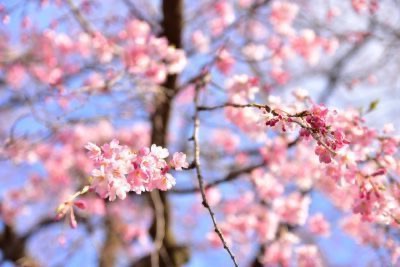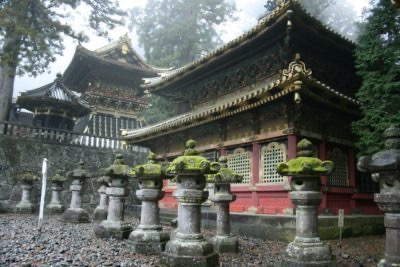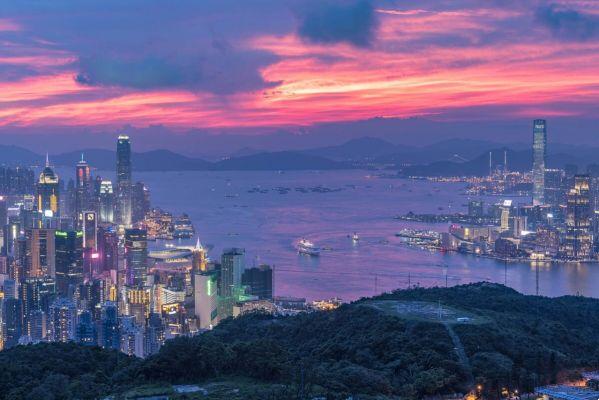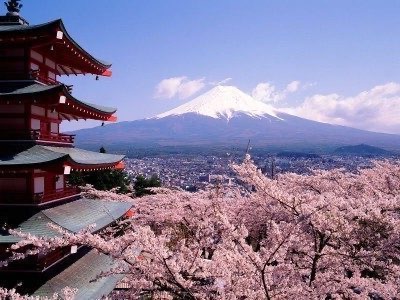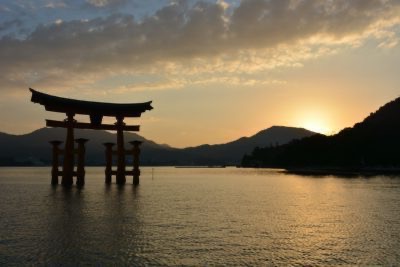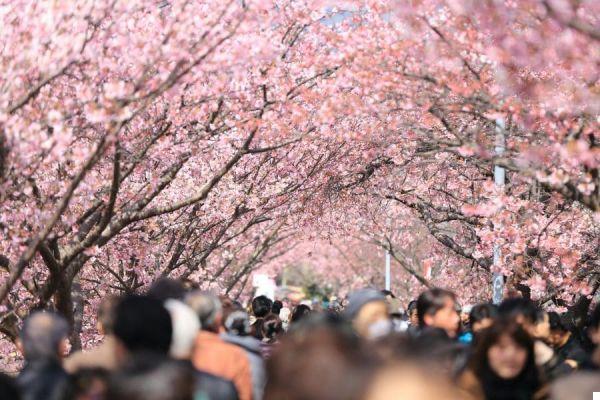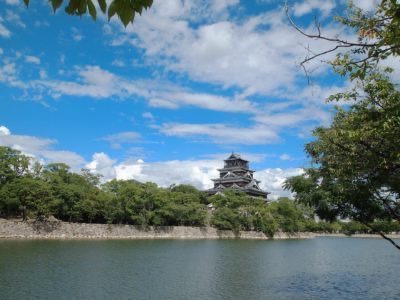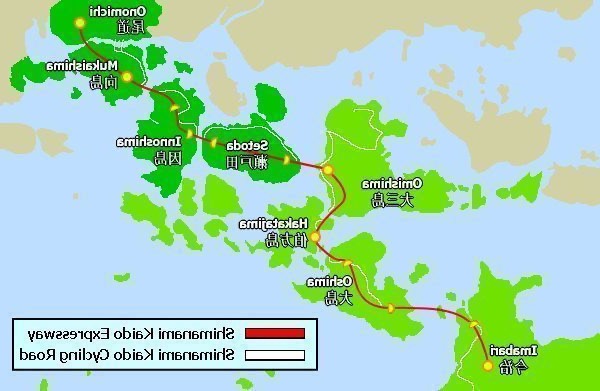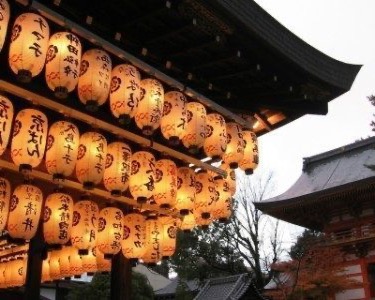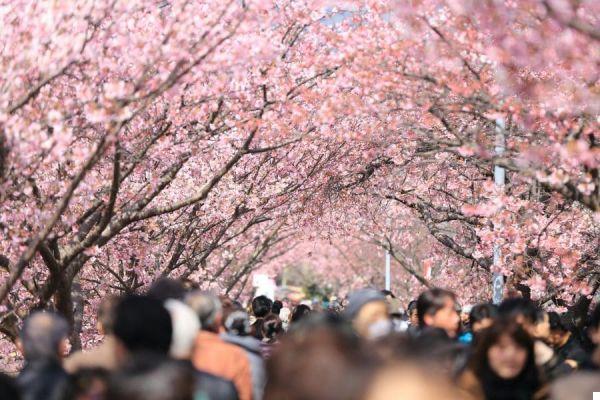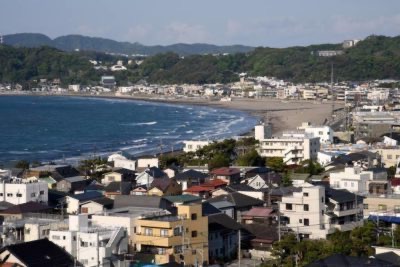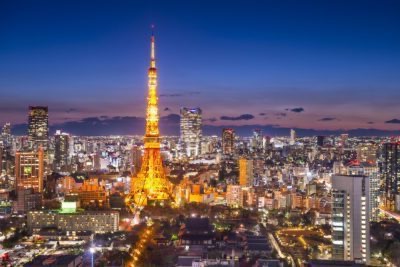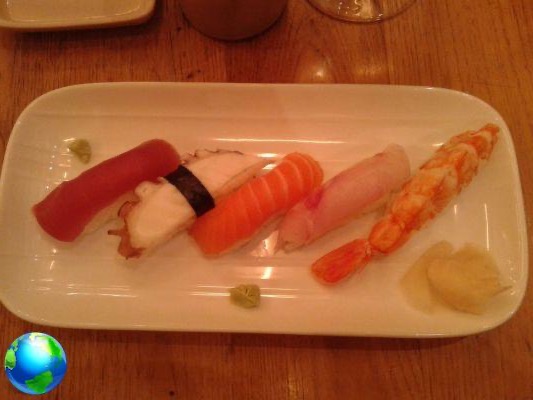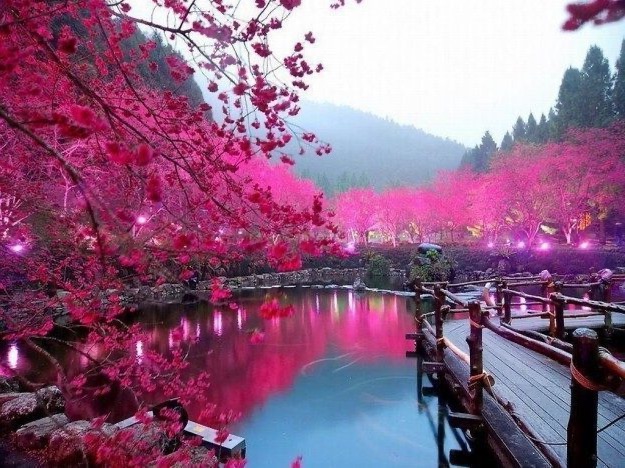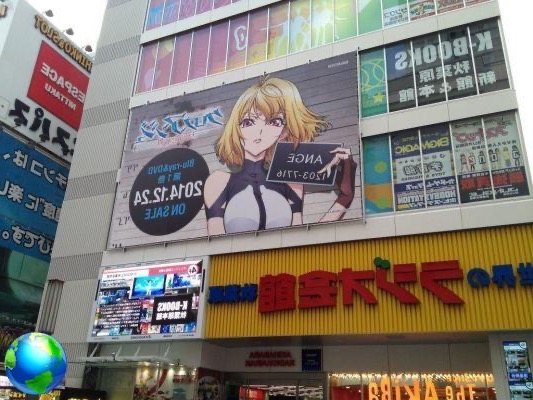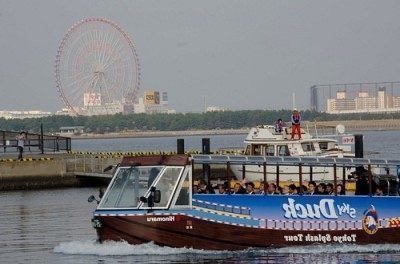There are many volcanoes in Japan and they are part of the everyday life of the Japanese, in the post we recommend three volcanoes to visit for a different and adventurous experience.
Japan is located in one of the most geologically unstable areas on the planet. Due to the frequent tremors and displacements, over the years more than 100 volcanoes have been born (60 of which are still active), which constitute 10% of the most dangerous volcanoes in the world! Do you want to know three volcanoes in Japan for a different experience and to get away from the big cities? Here are three tips for experiencing an adventure in the Rising Sun!
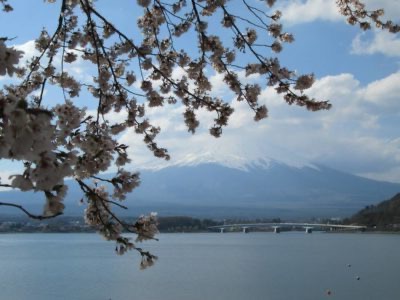
Volcanoes in Japan: which ones to visit
1. Fujisan
Mount Fuji (or FujiSan, as it is called by the Japanese as a sign of deep respect) is the best known volcano in Japan (and beyond!). Symbol of Japan par excellence and a UNESCO World Heritage Site, FujiSan is the highest mountain in the nation (3776m) and is considered one of the three sacred mountains of the country. A pilgrimage on its slopes is therefore a must, at least once in a lifetime.
There are two options for visiting it: 1 - the actual climb to the summit (from July to the end of August); 2 - enjoy the beautiful view of Fuji from one of the 5 lakes at its base.
The climb
There are four ways to ascend, all reachable by train + bus:
Yoshida Trail (from Kawaguchi-ko): the easiest and most popular
Fujinomiya Trail (from Fujinomiya): the shortest
Subashiri Trail (from Gotemba): the most beautiful in terms of landscape
Gotemba Trail (from Gotemba): the longest and most tiring, least frequented.
The climb is divided into 10 stages (gōme). You can get to the 5th stage by bus: you will be about halfway. The more intrepid can start on foot from the 1st: after 5 hours of walking, you will arrive at the 5th stage. It will take you another 6 hours to reach the summit. Once at the top, it is possible to go around the crater (about 1h30m), weather permitting.
Many choose to start the climb in the afternoon, sleep in one of the 17 shelters present (reservation required) and get up very early to resume the journey and watch the sunrise from the summit of Fuji. The climbing season is very short, so expect a big crowd! It is good to remember that the closer you get to the top, the lower the temperatures, with possible sudden storms. Essential materials for the climb are: front and spare batteries, adequate shoes, trekking poles, rain gear and spare clothing, enough water (you can buy it in the shelters but at slightly higher prices).
If you opt for the Yoshida Trail, for information you can contact the staff (who also speaks English) at the Kawaguchi-ko station help desk, leave your luggage in the lockers and / or rent the necessary equipment from "Sora No Shita", sports shop near the station.
5 Lakes area
If you prefer to relax and stroll while admiring the FujiSan in all its majesty, you can choose to visit one of the 5 lakes on its slopes.

Easily reachable by bus from Shinjuku or by train by making a change. Kawaguchi-ko Lake is the second largest and the main tourist center in the area. Very useful is the sightseeing bus (red line) with which you can move along most of the lake and stop in the most interesting points of the area. Including the Yamanashi Gem Museum, Tenjozan Park (accessible by cable car or on foot) where you will enjoy a full view of the lake and Fuji, the Kubota Itchiku Museum of Art (textile artist) and much more. You can opt for single tickets or a 2-day pass (unlimited rides on all lines, ¥ 1500). The latter also covers the little ones Saiko Lakes e Shoji, until you get to Motosu Lake.
Il Yamanaka Lake, near Fujiyoshida, is the largest of the 5 but does not have many attractions to offer tourists.
2. Asosan
The history of the Aso begins about 100.000 years ago when powerful explosions collapsed the cone of a huge volcano giving life to the caldera dell'Aso. Following the continuous eruptions, five smaller cones were formed in the center of the crater, collectively called today AsoSan. 18km by 24km wide, with a circumference of approximately 120km, this caldera is the largest in Japan. Inside, the five mountains rise side by side: Neko-dake (1433m), Taka-dake (1592m), Eboshi-dake (1337m), Kijima-dake (1321m) and Naka -dake (1323m), the only one still active, formed by an explosion on the flank of Taka-dake.
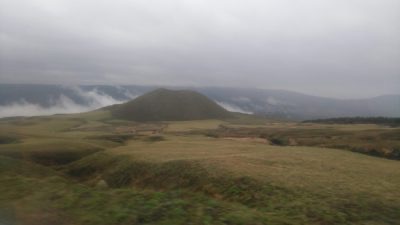
From Aso station you can get to Naka-dake by bus (or car) in about 30-45 minutes. However, this is not always possible: in fact, due to the intense activity in the area, some areas are often closed to the public for safety. My advice is therefore to inquire in advance either at the Tourist Office of the Aso station or by visiting the website of the Meteorological Agency of Japan, Aso-shi area.
Other useful sites for monitoring volcanic activity and looking for information about the area are:
www.aso.ne.jp/~volcano/eng/
www.kyusanko.co.jp/aso/lang_en/
Remember that it is not advisable for those suffering from asthma, respiratory problems or heart problems to approach the crater due to the strong sulphurous emissions. If you can, take a wet handkerchief with you to place over your nose and mouth in case of gas fumes. Also remember that temperatures drop as you climb the summit and that the weather in the area is unstable.

In the event that the alert level is such as not to allow you access to the crater, you can still go up to Aso Volcanological Museum, in Kusasenri-ga-hama. Green landscapes and a few lakes will make you appreciate this area, where you can go trekking, see some volcanoes in the caldera and the smoking peak of Naka-dake, or even go for a horse ride. But if the curiosity is too much, you don't want to give up observing the green magma bubbles inside the crater and, above all, if the weather and the alert level allow it, you could choose to do a short as spectacular helicopter ride of the area to the top of Naka-dake (4-8 minute flight for ¥ 5000-10000).
3. Sakurajima
Last stop for southbound Shinkansen is the city of Kagoshima. Known as "the Naples of Japan”(The landscape is very similar to that of the Campania capital), Kagoshima is famous for its close proximity to the Sakurajima volcano, just 4km away! Sakurajima is considered one of the most dangerous volcanoes in the world: during the last major eruption, dated 1914, it erupted for more than a month, transforming what was then an island-volcano into a peninsula!

Curiosities related to volcanoes in Japan
But the citizens of Kagoshima are now used to the active presence of the volcano, which has become a symbol of the city. There are many curiosities related to it: the yellow bags used to collect the ash removed from residential areas; children who go to school with helmets, to protect themselves from volcanic debris; an agriculture that exploits the fertile volcanic soil to cultivate among the smallest but sweetest mandarins you can taste (the Sakurajima komikan) and which gave birth to the largest radish in the world (31.1kg for a circumference of 119cm, Guinness World Record of 2003).
How to reach us
To get on the Sakurajima Peninsula it is advisable to take the ferry from the port of Kagoshima: the service operates 24 hours a day, with frequencies every 24/15 minutes at a price of about ¥ 20 return per adult. It is also possible to ferry cars, motorcycles and bicycles with an additional price.
Once on the island, I recommend you go to the Lawson near the port to buy a good bento and stock up on water. From here, following the road, you will arrive at the Sakurajima Visitor Center. Take a look inside: models, photos and illustrated panels will explain the history of the volcano. Behind the Visitor Center, you will find the entrance to the Nagisa Lava Trail: this path of about 3km on the coast is accessible to all, and follows one of the lava areas created after the eruption of 1914. At the beginning of the path, you will find a series of public thermal baths, where you can dip your feet and relax, admiring the Kagoshima Bay.

If you prefer to get closer to Sakurajima, you can reach it Yunohira Observation Point. Here it is possible to admire the crater closer (which is about 2.5km as the crow flies). To get here, take the Sakurajima Island View Bus, a loop bus that with only ¥ 500 per person (one-day pass) offers the possibility of hop-on hop-off to the main points of interest on the island. Alternatively, you could opt for a nice bike ride.
So, 良 い 旅 を!




